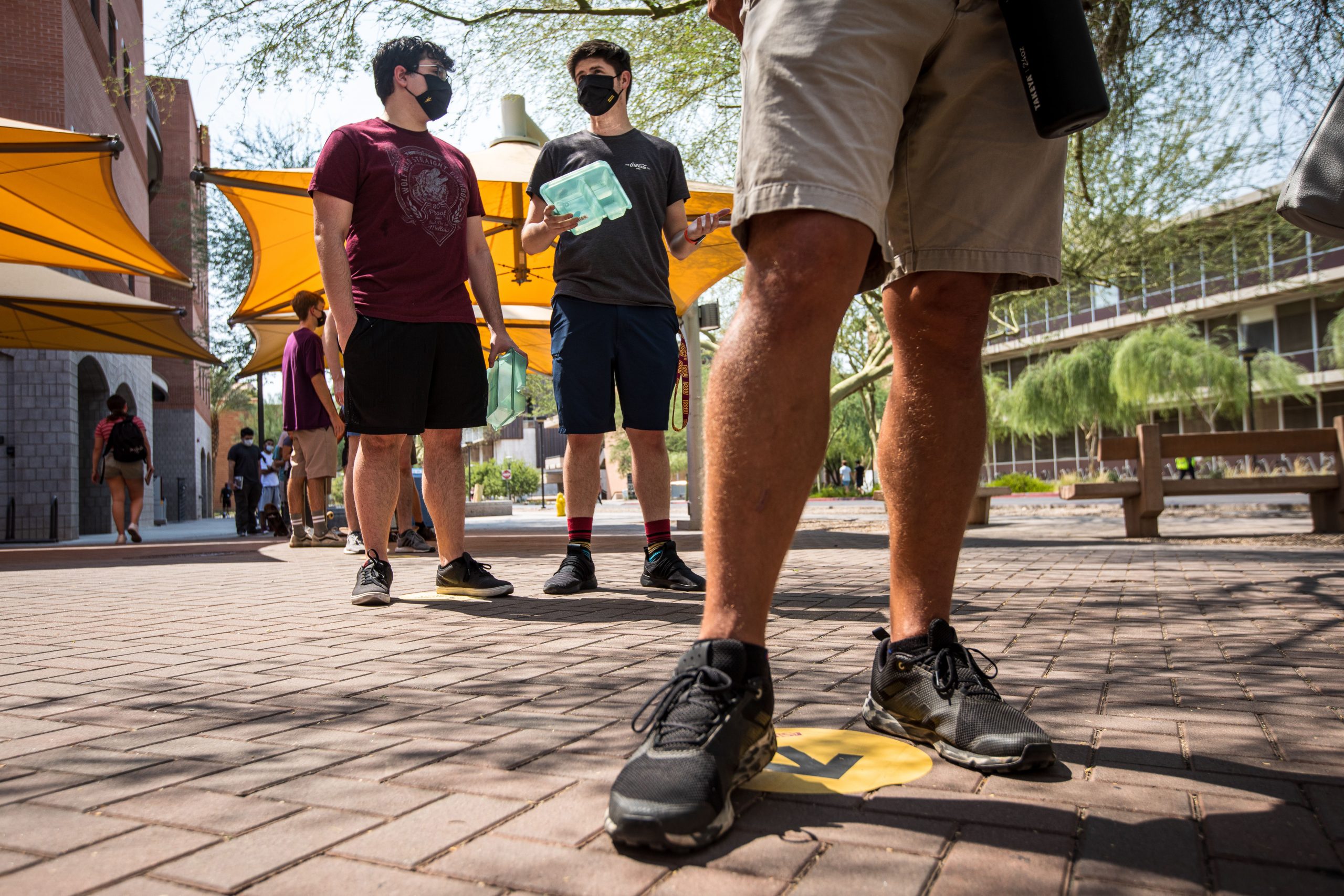The COVID-19 pandemic has wreaked havoc on many aspects of life over the last year, and higher education institutions have not escaped the devastating impacts of this virus. A study conducted by marketing firm LaneTerralever at the end of 2020 found that 36% of students polled were reconsidering their journey into higher education due to the pandemic.
The study sought to understand the impacts of the pandemic on higher education institutions and how students’ mindsets have changed due to these effects. Lauren Hillery, the Director of Brand Strategy for LaneTerralever, spoke to AZ Big Media about their findings.
READ ALSO: Here’s how Hispanic students are thriving at ASU
Az Big Media: Could you talk a little bit about some of the major differences that you found between traditional and non traditional students?
Lauren Hillery: Those non traditional students actually reflected that they felt more optimistic about their prospects, post the pandemic, what higher education could do for them, given those prospects, particularly when it comes to distance learning they felt much more comfortable It was a much better fit for them in their lifestyle and their life stage and so it wasn’t perceived as a negative or a downside.

Whereas your traditional students…are prioritizing different things when they’re looking at what where they want to go and what they want to pursue. And so, distance learning and all the challenges – at least initially with a lot of the schools that came along with that – really put a damper on their optimism of what the value of higher education was going to be, therefore impacted their decision making process.
ABM: One of the things I noticed was finances seem to be a factor for why students were wanting to delay – because of economic difficulties due to the pandemic. Were there other major reasons for students wanting to delay pursuing higher education?
LH: That is one factor that has not changed – financial security or the ability, the perceived ability, to afford higher education, didn’t really change pre- or post-pandemic. It’s still one of the biggest concerns for students who are considering high education.
But some of the other factors are really around the job prospects. And, you know, if we’re talking about delaying higher education it was really more, ‘Am I gonna be able to get value out of my investment of time and financial into something in higher education after I finished that degree, that certificate or that program?’
ABM: What do you see as the most important or impactful finding from your report?
LH: Schools have to take the time to connect with their students and their potential students, that connection not only to show that they understand the student – it also conversely gives the student confidence that they’re not just another number, this isn’t a degree mill.
Just that simple step is going to give them so much. Somebody that would have a confidence gap – it’s going to give them just that little lift of, ‘I can do this. This school gets it and they’re going to be a support for me, and along the way they’re not just gonna be part of the sales process of getting me enrolled.’
ABM: You started to talk a little bit about some of the ways that your findings can be taken into consideration by various higher education institutions. Are there some more concrete, tangible ways…more specific things that you think would be effective for them?
LH: Our biggest driving message for them was to let their students be the voice of their school. And it kind of, if you think about it, it’s almost a no-brainer, in terms of just marketing strategies, right? How much does your audience matter, how much does it matter to your audience if you’re just talking about yourself all the time versus hearing …what your school experiences straight from somebody who has experienced it. And so, hero-ing the voices of those students who have been through it, who can speak to the value of that institution and their education and their experience.
They’ve got tens of thousands of these voices at their disposal, and letting those voices be louder, you know, amplifying them, giving them a megaphone to speak on behalf of the school.
ABM: This report came out in December. A whole other semester has happened since then. I’m wondering if you’ve seen any changes in the last four months or any other research or developments that you’ve noticed?
LH: We keep our pulse on what’s happening in higher education pretty closely, and what we’ve seen is kind of the hypothesis that I mentioned – these cracks in the glass ceiling or surface if you will – of how this shift in perceived value of higher education is impacting the schools is becoming quite real.
We’ve seen a lot of stories and research around community colleges really struggling. You know, because the community college is typically the feeder to the higher education institutions. So again, they’re kind of a bellwether – if they’re struggling, then what does that mean for the universities, the four year schools?
We’ve seen a lot of issues, just with enrollment numbers declining, and particularly declining with those high school graduates…And unfortunately, you know, I hate to say it but I think this is a reckoning in the higher education world. And there’s just going to be schools that don’t survive.
But I just think that this is another industry in which they’ve rested on their laurels for maybe too long, and it’s taken a pandemic to really shine a light on that.




